Isfahan, often called “Half of the World”, is one of Iran’s most enchanting cities and a living masterpiece of Persian architecture and design. Located in central Iran along the Zayanderud River, Isfahan was once the capital of the Persian Empire during the Safavid era (16th–18th centuries), a golden age that gave rise to many of the city’s most iconic landmarks.
Today, Isfahan is widely considered the highlight of most travelers’ journeys through Iran. With its breathtaking monuments, rich cultural heritage, and welcoming atmosphere, it often becomes the favorite city of those exploring the country.
At the heart of Isfahan lies the awe-inspiring Naqsh-e Jahan Square, a UNESCO World Heritage site encircled by architectural marvels like the Shah Mosque, Ali Qapu Palace, and Sheikh Lotfollah Mosque. This historic plaza reflects the elegance and grandeur of the Safavid dynasty. From here, traditional bazaar corridors wind through the city, filled with Persian carpets, miniature paintings, and handcrafts that reflect centuries of artistic tradition.
Isfahan’s charm extends beyond its historic core. Visitors are drawn to its leafy boulevards, riverfront parks, and the iconic Si-o-se-pol and Khaju bridges, where locals gather to stroll, sing, and socialize—especially in the evenings. The city also boasts a vibrant contemporary side, with art galleries, museums, and a growing café culture that offer a glimpse into modern Iranian life.
Slower-paced and visually captivating, Isfahan is best visited in spring or autumn, when the weather is pleasant and the gardens are in full bloom. Whether you’re passionate about history, architecture, photography, or cultural experiences, Isfahan promises a deeply memorable stay.
Spring is arguably the best time to visit Isfahan. The city bursts into color with blooming flowers and tree-lined boulevards, while temperatures stay pleasant (12–25°C / 54–77°F). This season is perfect for strolling around Naqsh-e Jahan Square, relaxing by the Zayandeh River, and enjoying Isfahan’s historic gardens in full bloom. It’s a popular season, so expect more visitors and lively cultural events.
Summers in Isfahan can be hot and dry, with daytime temperatures from 25–38°C (77–100°F). While midday sightseeing may be tough, mornings & evenings are ideal for exploring. You’ll find fewer crowds, making it easier to enjoy iconic sites like Si-o-se-pol Bridge or browse Isfahan’s bazaars at a slower pace. Air-conditioned museums and shaded gardens offer cool retreats from the heat.
Fall is a fantastic time to explore Isfahan’s architectural wonders and relaxed atmosphere. With comfortable temperatures (10–25°C / 50–77°F) and golden autumn foliage, it’s a favorite among photographers and history lovers. The weather is ideal for walking tours around Jolfa District, Chehel Sotoun Palace, and other outdoor sites. It’s also a great time to experience local life in full swing.
Winters in Isfahan are generally cool and dry, with temperatures between 0–12°C (32–54°F). While there may be occasional frost, the skies are often clear, and tourist sites are much less crowded. This is the best season for budget travel, and it allows for peaceful visits to landmarks like Imam Mosque and Hasht Behesht Palace without the usual bustle. Dress warmly and enjoy the calm.
Isfahan is a city where timeless Persian architecture and vibrant local culture come together. Whether you’re mesmerized by turquoise domes, intrigued by ancient bridges, or eager to experience traditional crafts, there’s a tour made just for you. From historical deep dives and walking tours to culinary explorations and day trips to desert villages, discover the best Isfahan tour packages to match your travel style.
Getting around Isfahan is convenient and affordable, with multiple transportation options to suit different travel needs. From efficient public services to reliable private transport, here’s how to navigate the city like a pro:
Isfahan’s public transport system is budget-friendly and easy to use, especially for short distances within the city center.
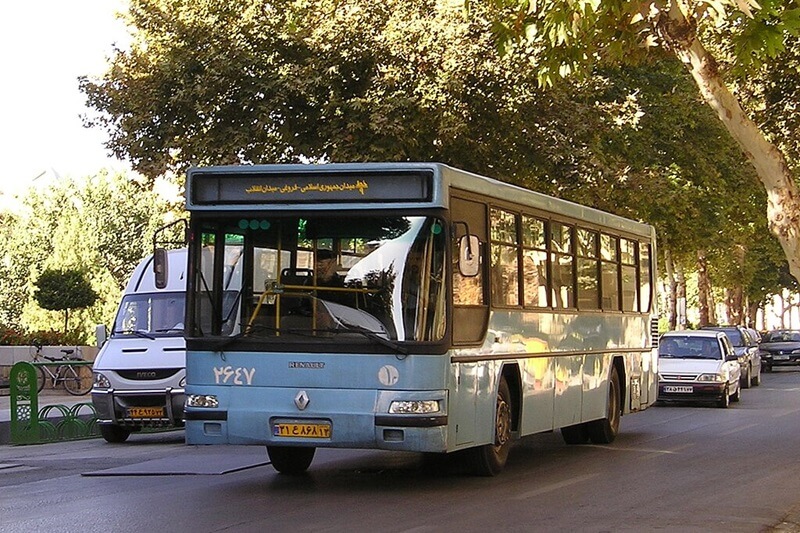
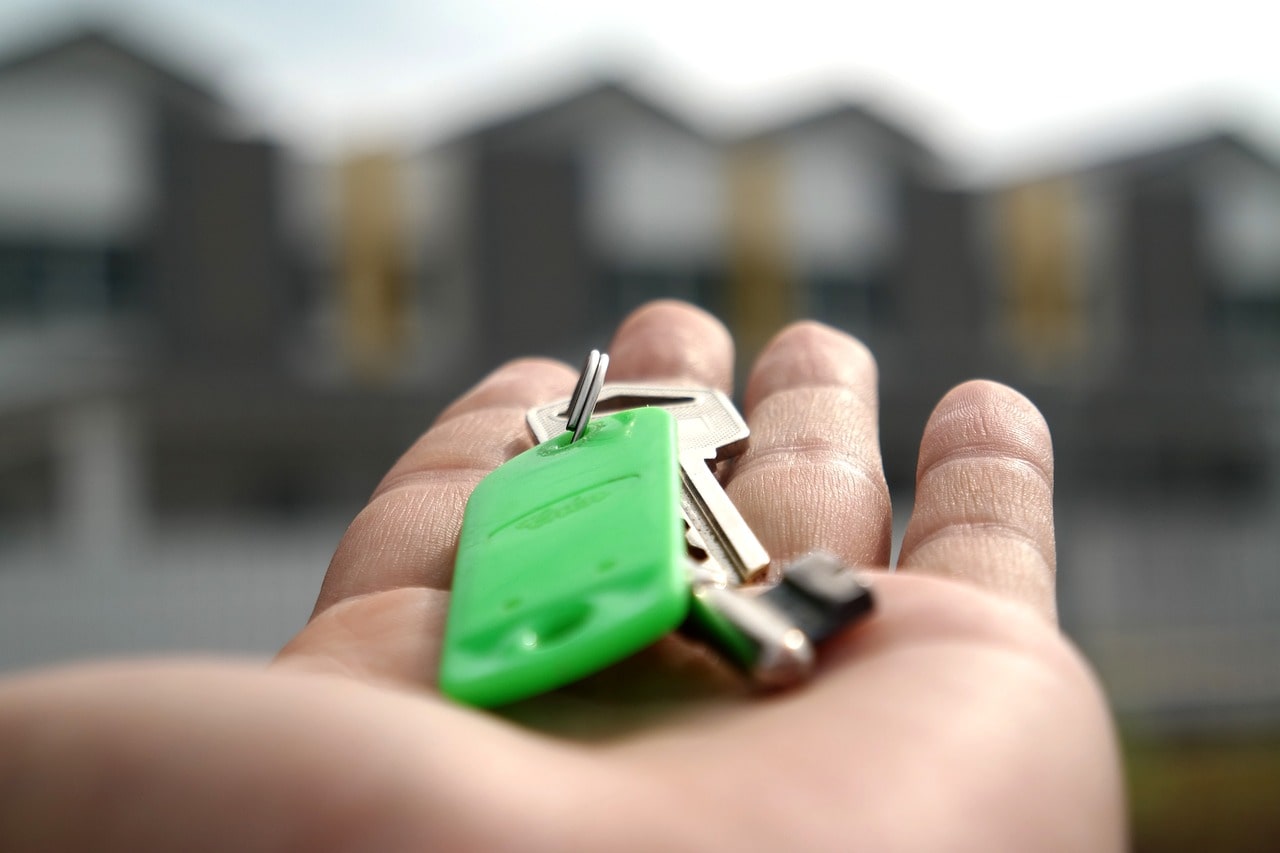
For more flexibility, privacy, and comfort, private transport options are widely available and tourist-friendly.
Isfahan offers a wide variety of accommodations to match every travel style—from luxurious heritage hotels to charming guesthouses and affordable hostels. Whether you’re seeking architectural elegance or simple comfort, here’s where to stay in Isfahan:
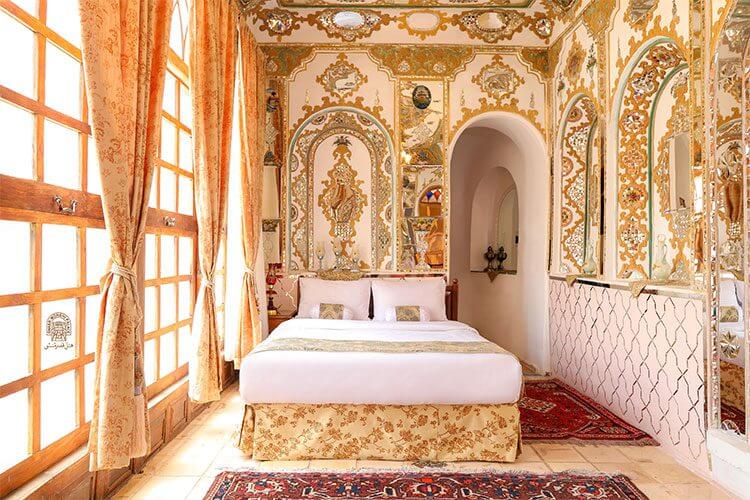
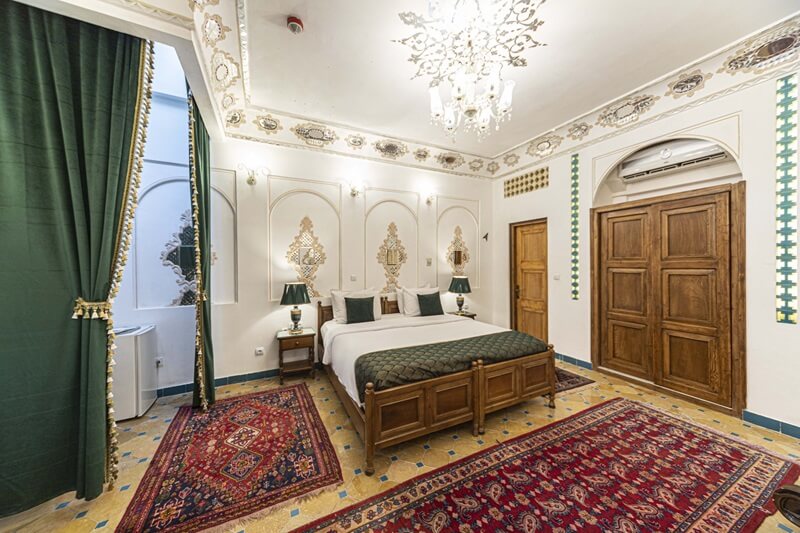
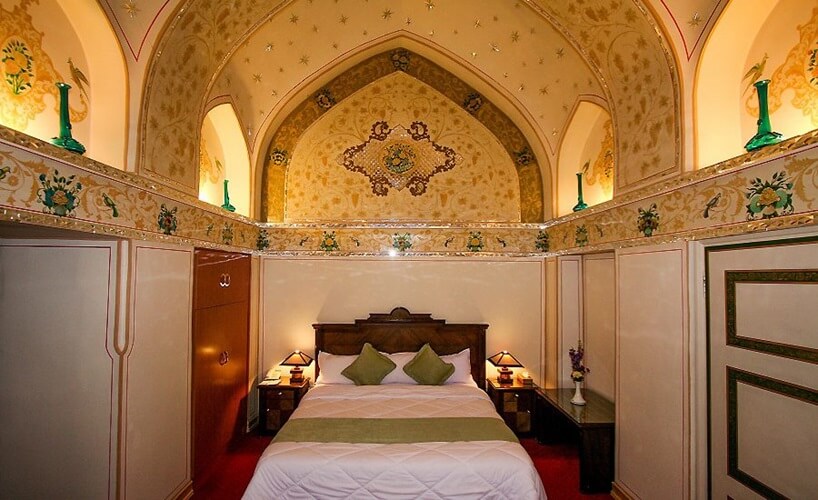

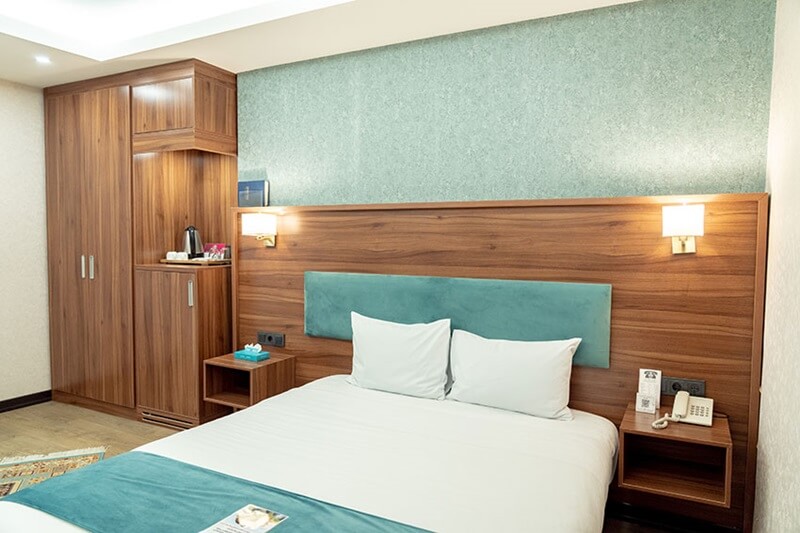
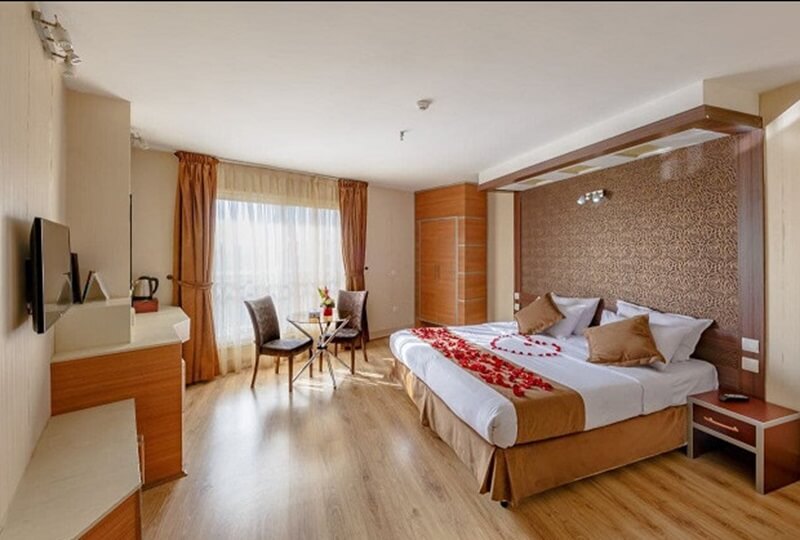
For travelers who want elegance, top amenities, and historic charm, Isfahan’s luxury hotels deliver a memorable stay with Persian hospitality.
If you want comfort and convenience without splurging, these well-rated mid-range hotels are excellent options.
For budget-conscious travelers and cultural explorers, Isfahan offers a number of charming and affordable places to stay.
Isfahan is one of the best cities in Iran for souvenir shopping, offering a treasure trove of traditional handicrafts, fine art, and authentic Persian keepsakes. Whether you’re wandering through historic bazaars or browsing boutique galleries, the city’s rich heritage and artisan culture shine through every piece. Here’s your ultimate guide to shopping in Isfahan, including what to buy, where to shop, and local tips for the best experience.
One of Isfahan’s most iconic crafts, Minakari involves hand-painting intricate floral and geometric designs on copper or silver plates, vases, and jewelry. Each piece is a work of art.
📍Where to Buy: Traditional workshops inside Naqsh-e Jahan Square or specialized craft stores around Chahar Bagh.
Khatam is a delicate marquetry technique using tiny pieces of wood, bone, and metal to create mosaic patterns on boxes, frames, and backgammon sets.
📍Where to Buy: Art shops inside Qeysarieh Bazaar or in the handicraft galleries near Imam Square.
Isfahan is known for its hand-printed cotton fabrics (Ghalamkari) and elegant silk textiles (Termeh). These items often feature traditional Persian motifs and are perfect as scarves, tablecloths, wall hangings, or home décor.
📍Where to Buy: Textile shops near the Jameh Mosque and the handicraft markets around Naqsh-e Jahan Square.
Isfahan carpets are among the finest in Iran, celebrated for their detailed designs, soft silk or wool threads, and harmonious color palettes. Owning one is like taking home a piece of living art.
📍Where to Buy: Reputable carpet stores in the Grand Bazaar or specialized carpet galleries around Shah Mosque.
Don’t leave Isfahan without trying (and buying) some of its most famous treats: Gaz – Persian nougat made with rosewater and pistachios. Poolaki – Thin, brittle sweets flavored with saffron, mint, or lemon. Doogh-e Gooshfil – A unique combo of yogurt soda and syrupy pastries.
📍Where to Buy: Sweet shops near Naqsh-e Jahan Square or popular confectioneries like Kermani and Safavi.
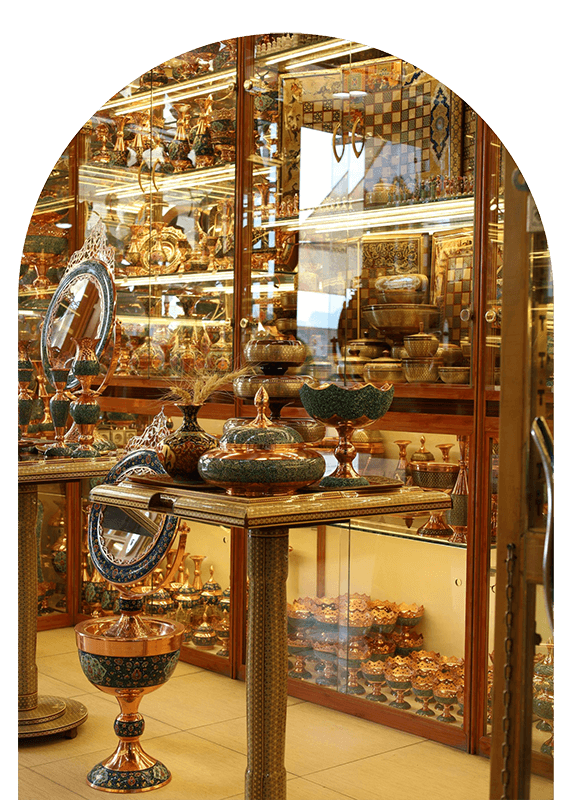
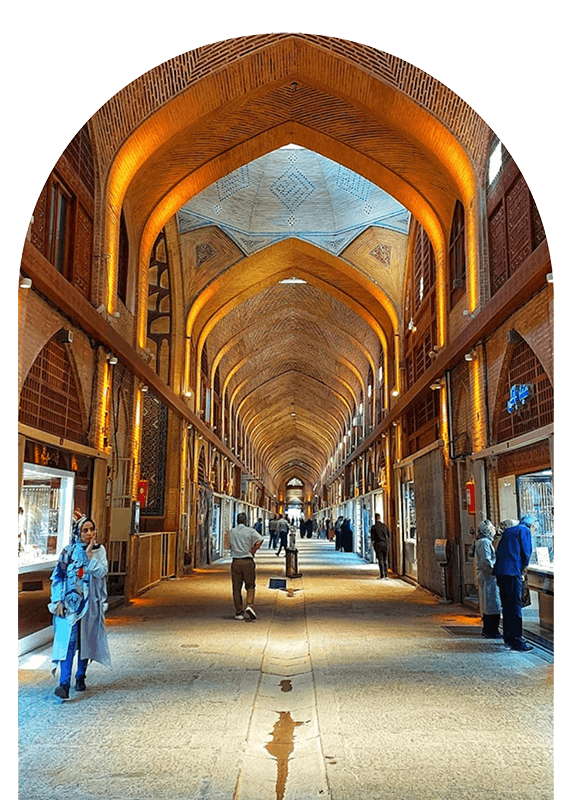
📷 Photo by Reza Ghasemi, via Unsplash
This historic bazaar surrounds one of the most beautiful squares in the world and is filled with artisan stalls selling everything from paintings to jewelry and spices. The architecture and ambiance alone are worth the visit.
💡Tip: Walk the full length of the bazaar from the square to the Jameh Mosque—it’s a journey through centuries of craftsmanship.
In the Armenian quarter of Isfahan, you’ll find charming little stores and galleries selling handmade jewelry, textiles, and modern crafts inspired by Persian and Armenian culture.
💡Tip: Pair shopping here with a stop at a local café or Vank Cathedral for a relaxing afternoon.
For a modern take on Persian design, visit local concept stores and cultural centers showcasing young Iranian designers and traditional art with a twist.
💡Tip: Many shops double as art spaces, so take time to explore their exhibitions and handcrafted collections.
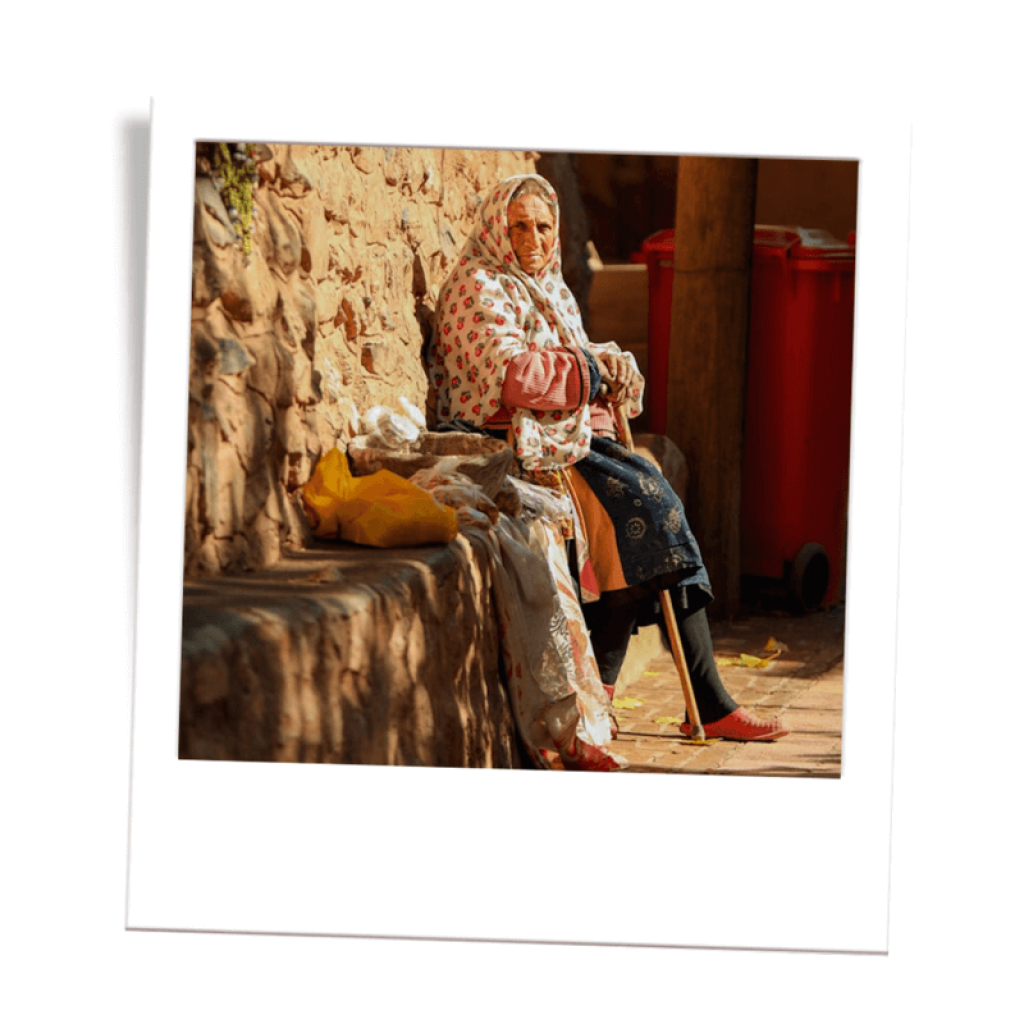
Isfahan is often described as the heart of Persian culture and architecture, offering an unforgettable journey through Iran’s golden age. From awe-inspiring mosques and royal squares to peaceful gardens and bridges, every corner tells a story. Whether you’re a history lover, art enthusiast, or casual traveler, these top 10 highlights capture the essence of Isfahan’s timeless beauty.
Isfahan is where Persian elegance comes alive—whether you’re into stunning mosques, relaxed riverside walks, or vibrant bazaars. This 3-day itinerary takes you through Isfahan’s top experiences at your own pace. Feel free to customize it to match your style!
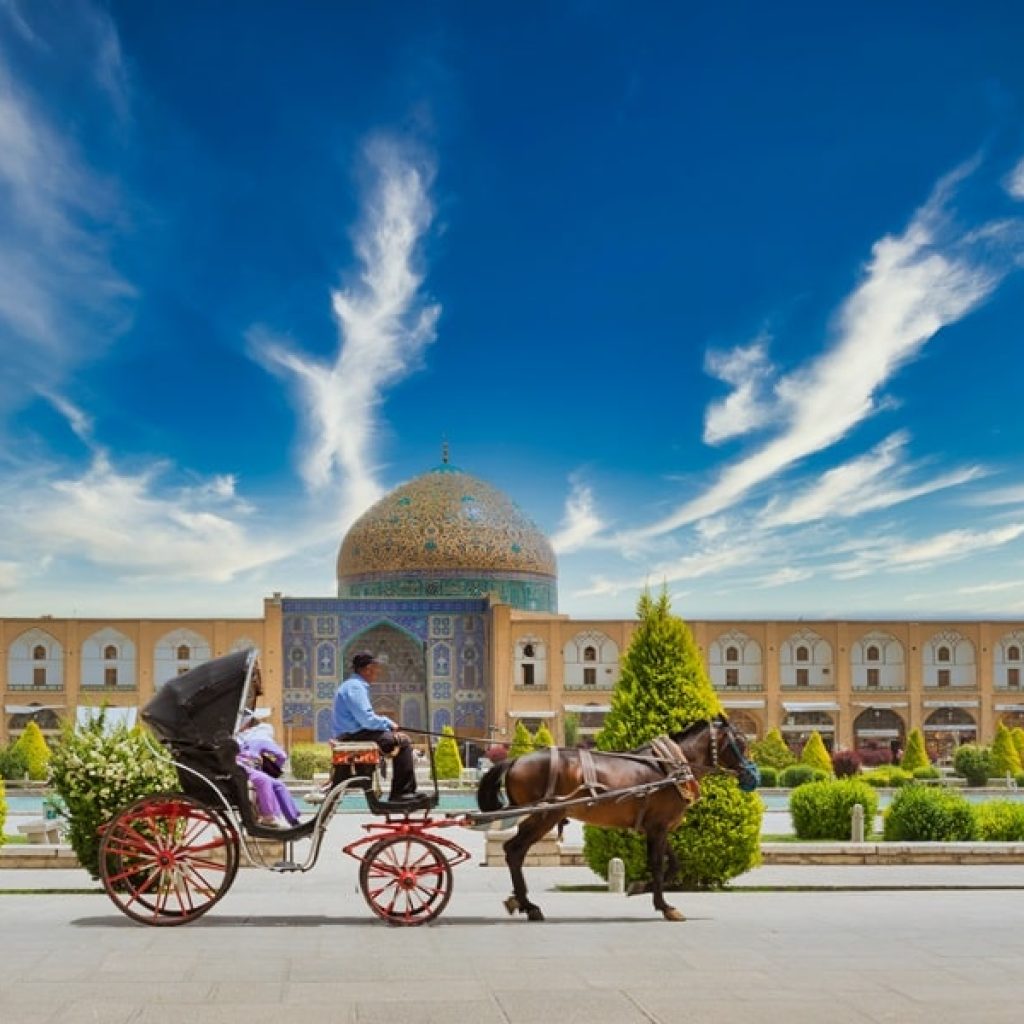
Start your journey with Isfahan’s spiritual heart and royal splendor:
💡 Pro tip: Have lunch at Azadegan Tea House—part museum, part eatery—for a quirky but delicious experience near the square.
Today blends royal estates, Armenian heritage, and sunset strolls:
💡 Pro tip: Try Armenian coffee and cake at one of Jolfa’s family-run cafés before heading to the bridges for sunset.

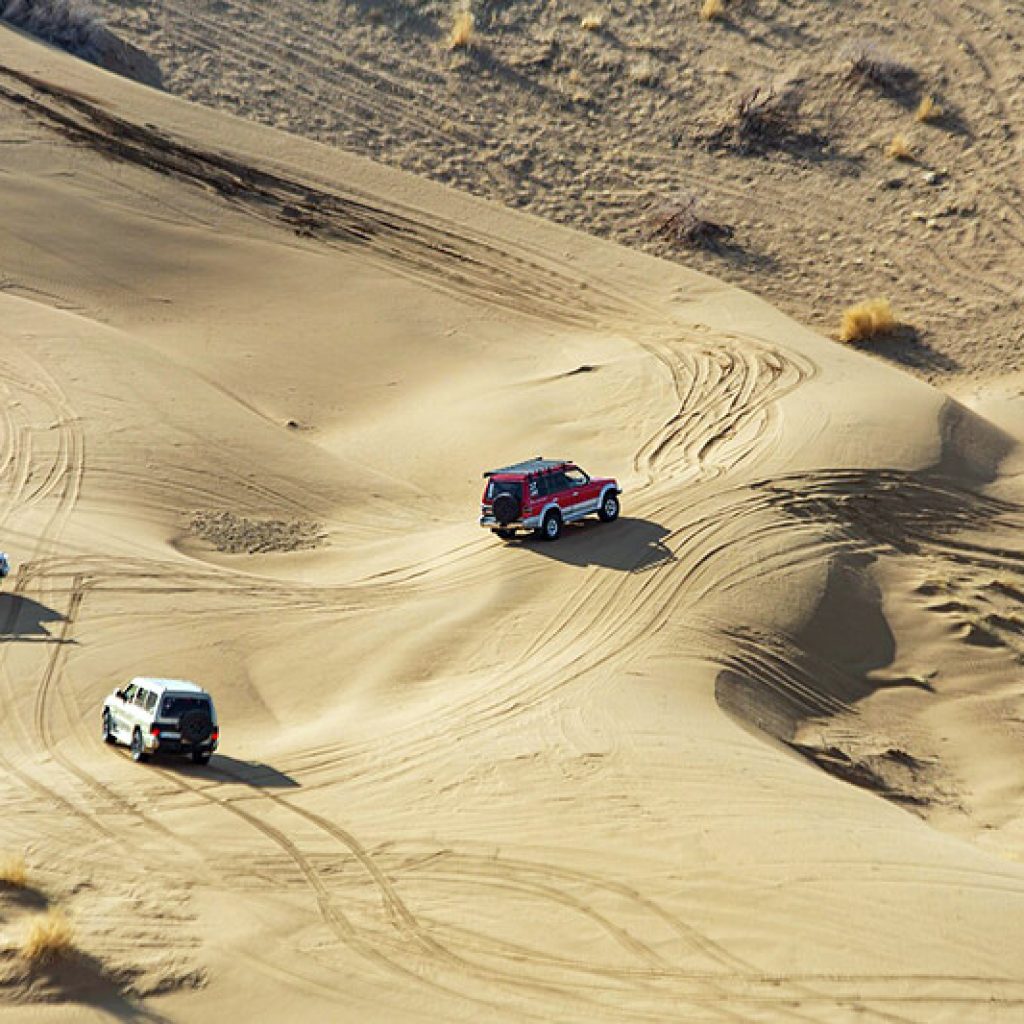
Ready for something off the beaten path? Today is all about scenic escapes:
💡 Pro tip: Book a guided day trip that combines Abyaneh and Maranjab to make the most of your time and travel comfortably.

